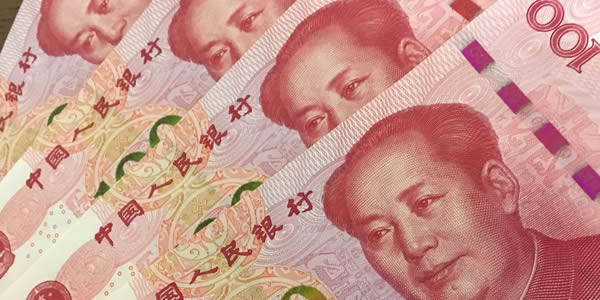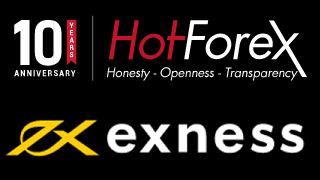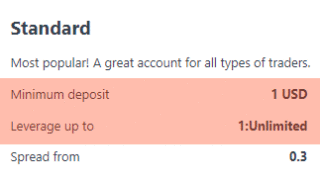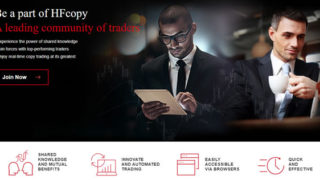Introduction
Many forex brokers are now able to trade Chinese currency “Yuan” or “RMB”. (For example, USD/CNH or CNH/JPY).
However, I think that there are many FX traders who have not traded the Chinese Yuan yet. The Chinese Yuan has its own unique characteristics. In this article, I would like to first summarize the basics of the Chinese Yuan.

2 types of Chinese Yuan
There are two types of Chinese Yuan, “Onshore Chinese Yuan (Currency code is CNY)” and “Offshore Chinese Yuan (Currency code is CNH)”.
Onshore Chinese Yuan (CNY) is a Yuan that circulates within the mainland of China.
Offshore Chinese Yuan (CNH) is a Yuan that distributed outside mainland China (Hong Kong, Singapore, etc.).
Although Chinese Yuan denominated trade settlements were not allowed, in July 2009 Chinese authorities allowed Chinese Yuan trades between companies in some countries, such as Hong Kong, and licensed Chinese companies. After that, deregulation was gradually implemented, and “Offshore Chinese Yuan (CNH)” was established, which allows transactions outside of mainland China such as Hong Kong and Singapore.
Onshore Chinese Yuan (CNY) has trading restrictions. Currently, the standard value of onshore Chinese Yuan (CNY) is announced every day at a fixed time by the People’s Bank of China, and the fluctuation range during the day is within 2.0% above and below the standard value.
On the other hand, there are no exchange rate fluctuation restrictions for offshore Chinese Yuan (CNH).
Regulators are also different. Onshore Chinese Yuan (CNY) is regulated by the People’s Bank of China. On the other hand, Offshore Chinese Yuan (CNH) is regulated by the Hong Kong Monetary Authority.
Onshore Chinese Yuan (CNY) regulatory history
Regulatory history of onshore Chinese Yuan (CNY) is as follows.
- Adopted “Dollar peg system” from 1955 to 1971
- In 1973, transitioned to “currency basket system” and adopted “managed float system” as trade became more vigorous
- Adopted “Dollar peg system” after the Asian currency crisis
- Adopted “currency basket system” in 2005
- The “Dollar peg system” was adopted again in 2008. Currently, the fluctuation range during the day is within a range of 2.0% above and below the standard value.
Characteristics of Offshore Chinese Yuan (CNH)
It is enough to know the above-mentioned domestic regulations for the onshore Chinese yuan (CNY) as a reference.
On the other hand, we are trading offshore Chinese Yuan (CNH). Therefore, we need to be fully aware of the characteristics and risks of offshore Chinese Yuan (CNH). From here on, we will mention only onshore Chinese Yuan “CNH” as Chinese Yuan.
In conclusion, the most important point to understand is that the Chinese Yuan (CNH) is a “risk currency.”
Since economic relation between Ausitralia and China are deeply linked, the Australian dollar (AUD) is sold by negative materials related to China (such as intensifying US-China trade friction or worsening economic conditions in China), while AUD is bought by positive materials related to China (such as rising Chinese stocks market) or rising global stock markets.
In this sense, the Chinese Yuan (CNH) is a currency that is closer in nature to the Australian dollar (AUD) and more directly reflects Chinese risk than the AUD. In particular, it is necessary to pay attention to Chinese stocks, business sentiment in China, and intensifying US-China conflict.
The long-term chart of the USD/CNH with Shanghai Composite Index (weekly basis: from 2013 to 2020) is shown below.

The candlestick is a weekly chart of the US dollar (USD/CNH), and the blue line chart is the upside-down of the Shanghai Composite Stock Index (down means rising stock price, up means falling stock price).
As for CNH, we must recognize those 2 basic matters as follows.
- The Chinese Yuan (CNH) has been depreciated in the long run, surpassing 7 CNH per 1 USD (red horizontal line in the chart above) for the first time last year, but this year it is again below 7 CNH per 1 USD1, and appreciation of CNH continues.
- Chines stock market had a big bubble burst in the past.
Significant historical points are indicated by three blue vertical lines.
- Vertical line in left side: June 12, 2015 China shock begins (China stocks crash)
- Vertical line in the middle: November 8, 2016 Mr. Trump was elected as US president
- Vertical line in right side: August 2019 for the first time, CNH was depreciated more than 7 CNH per 1 USD (intensified US-China trade conflict)
Regarding the Chinese Yuan, I would like to analyze deeper in the next articles.






















